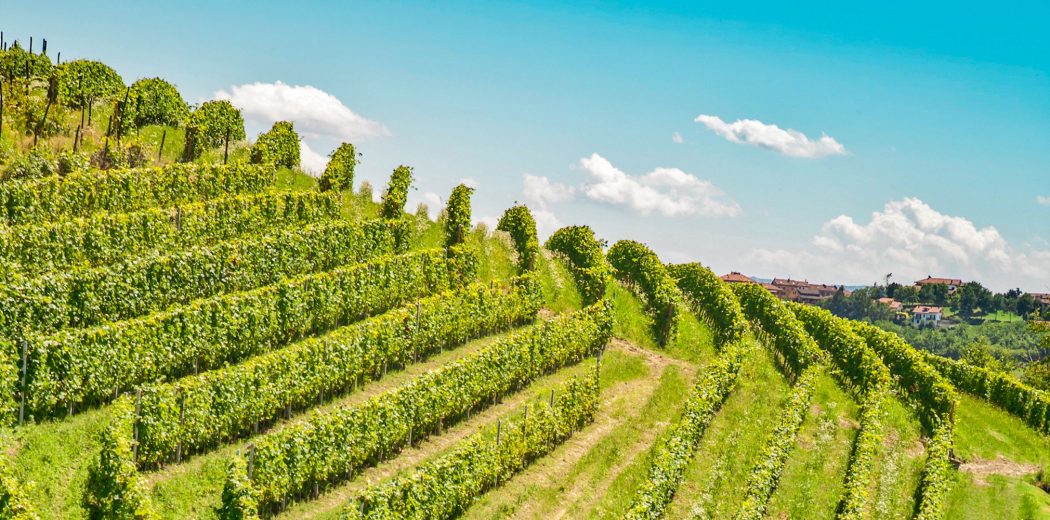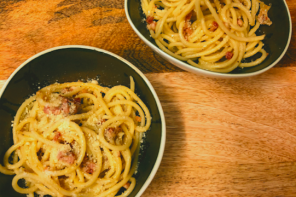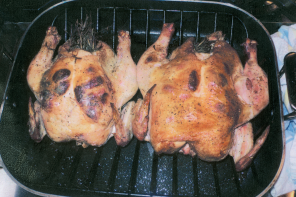Although Barolo and Barbaresco tend to steal the Piedmontese wine limelight, dozens upon dozens of native grapes call this picturesque region home. After all, this is Italy. No other country on earth boasts as many indigenous grape varieties as il bel paese. An abundance of autochthonous grapes adorn Piedmont’s vineyards, ultimately yielding delicious wine to enjoy throughout the week. Here are some of the ones you’re most likely to encounter.
The Whites
Timorasso
This aromatic Piedmontese grape was a hair away from extinction only a few decades back. We owe our thanks for its revival to the efforts of winemaker Walter Massa and others. Today, it has not only bounced back, but Timorasso also continues to garner its fair share of fans. It falls high on the acid scale, with fresh, pure aromas and flavors of stone fruit, honey, citrus and nuts. Overall, Timorasso is well-regarded for expressing terroir. Timorasso is gorgeously complex and retains varietal character — one reason why it’s a popular choice for grappa.
Arneis
This aromatic variety is known as “the little rascal” because it’s a tricky grape to cultivate. Historically, winemakers blended a touch of Arneis into Barolo to help mellow out Nebbiolo’s tannins. It was also planted throughout Nebbiolo vineyards as a distraction to hungry birds. On its own, Arneis tastes of ripe pear, peach, apricot, and almonds. It’s usually made as a dry wine and can either be oaked or unoaked. Some winemakers also produce a late harvest Arneis. Like Timorasso, Arneis almost went extinct but has seen a resurgence. Today, the Roero DOCG is Piedmont’s major source of the grape.
Erbaluce
High acid makes Erbaluce a superb candidate for a variety of styles; winemakers use it for still, dry, sparkling, as well as late harvest passito wines. This same ultra-high acidity means that winemakers need to make sure the grapes are properly ripe to create harmony in the wines. As far as taste goes, Erbaluce is full of apple, peach, tree blossoms and honeysuckle. Erbaluce di Caluso DOCG is the place to look for this grape variety. Drink dessert styles with strong cheeses or peach tarts.
Cortese
Cortese is responsible for the light, refreshing wines of Cortese di Gavi DOCG. It’s a popular grape and used in different areas of Piedmont, even making its way to neighboring region Lombardy. And no wonder. A glass of Cortese is like drinking in an orchard. Apple, peach, melon, lime, almond and sweet grass. Add a little high acidity and you’ve got yourself the ideal food wine. Treat Cortese like the Genoveses do and enjoy it with seafood and shellfish or pesto.
The Reds
Barbera
Outside of Nebbiolo, Barbera is easily the most famous Piedmontese grape. This ancient grape ranks third on Italy’s list of most planted red varieties. It ripens before the king of Piedmont and has higher acidity and low tannins — which is why it’s so easy to drink. Barbera is a characterized by a mix of red and black fruits, cherries, blackberries, strawberries with oaked versions showing spice. Speaking of spice, it’s a good choice for spiced dishes, pizza and anything with mushrooms. Look for Barbera coming from Asti and Monferrato.
Brachetto
In its most famous incarnation, winemakers use Brachetto to make a semi-sparkling dessert wine (which, by the way, is amazing with chocolate) under the Brachetto d’Acqui DOCG. More rarely, it’s used to make dry still wines. How does it taste? Ultra-fruity, with loads of ripe strawberry, raspberry, roses, and violets.
Dolcetto
With a name that translates as ‘little sweet one,’ Dolcetto, this grape is fruity, low in acid but high in tannins. Despite the lower acidity, Dolcetto can age for a few years. In general, you’ll want to drink your Dolcetto while it’s young. Dogliani and Diano d’Alba are two of the top spots for these wines.
Freisa
Freisa yields good quality, easy to drink rosés and reds. In a word, this wine tastes like fresh summer berries. It makes a light, fruity wine which is sometimes produced still, and often frizzante. There are a few different clones, one of which, Freisa piccolo is reserved for more age-worthy wines.
The wines are natural pairings for local dishes like truffles and mushrooms, bagna cauda, the exquisite gianduja, or regional cheeses like Bra, Robiola or Castelmango. There are even more indigenous grapes in the region, like Pelaverga, Grignolino, and Ruché. No surprise considering Piedmont’ long and storied winemaking history. You could spend many happy evenings getting to know Piedmont’s wines. And considering how brilliant they are with food, it’d be time well spent.








